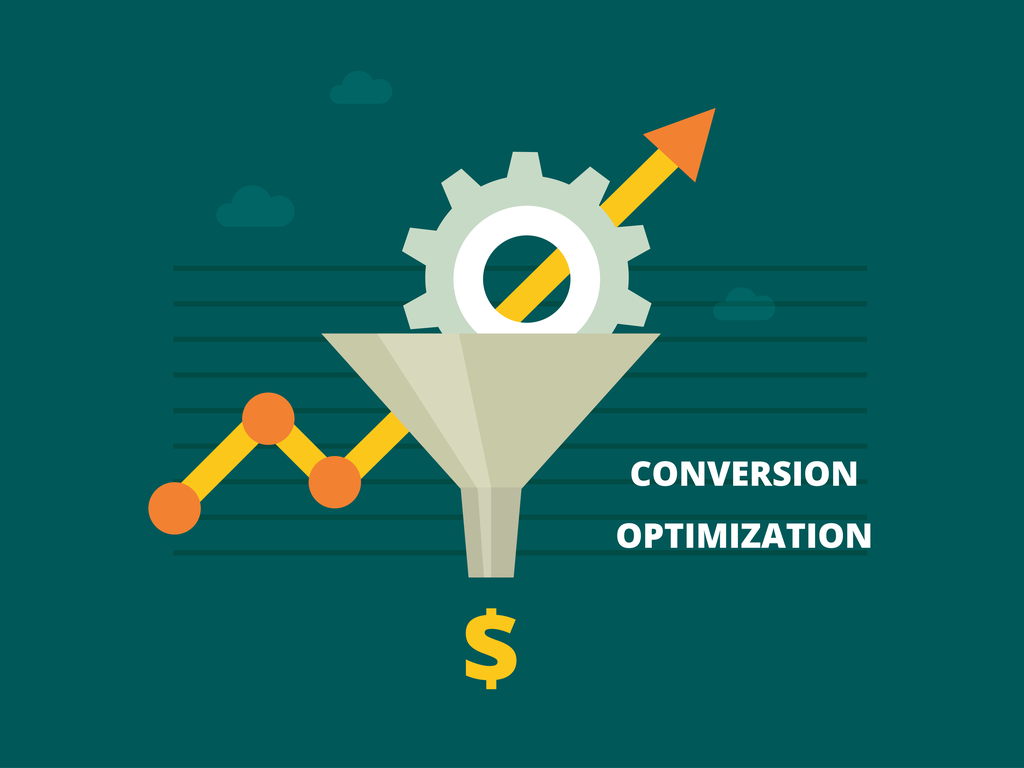Many companies spend a lot of time focusing on increasing traffic to their website but fail to optimize the conversion rates once they get there! Working with a PPC agency ensures your users have the best experience, but that’s just the start, there are many elements to consider, all of which will make a noticeable difference to your conversion when done right!
Conversion is when a prospect becomes much more than just an unqualified lead. It’s the moment they turn into a real customer who will stick around for years to come and buy from you again and again.
A/B testing is more valuable than you think
Conversion rate optimization is all about testing. The only way to get your conversion rates up and keep them there is through trial, error, and lots of metrics tracking.
A/B test everything – don’t assume anything! It’s important to A/B test every part of your website if you want the best results from CRO. This includes the landing page, headlines, buttons, and images.
Don’t think that just because you have the best headline copy in the world it will automatically convert well on its own – test!
Every element of your website should be tested to discover what works for your audience and makes them feel more inclined to purchase from you.
You need a solid reason to purchase – It’s important that your website is able to answer the question “What’s In It For Me?” for each visitor. If they don’t know why buying from you will benefit them, then it doesn’t matter how well designed or optimized your site is – it won’t make a difference!
Keep track, but not of everything
You need to track the metrics that are important, not everything. You should be testing different elements to see what provides the highest conversion rates and stick with that.
You need to determine your goals first, tracking every little thing that happens on your site will lead to information overload, and trying to translate this into actions can be almost impossible – not to mention time-consuming!
What is a good goal? Well, it depends – if you have just launched your website then conversions will probably be pretty low because people won’t know who you are or why they should buy from you yet!
Your main goals in this case would be to increase traffic and brand awareness. If you have an established site with good traffic, your goal might be to get more people to fill out a contact form or download a white paper.
Once your goals are identified, this will give you a good idea of what you need to track.
Ensure your conversion paths are reverse engineered
This basically means ensuring you have a good understanding of what your users will do and how they’ll get there. This is important because it’s not enough to just start optimizing for conversion – you need to know why people are converting from the very beginning!
It could be that visitors come from PPC ads, but end up clicking on an organic listing and converting – this is important to know because you can’t track or optimize for an organic listing.
There are many great tools out there that will help with reverse engineering your conversion paths; I would suggest using them! They’ll give you a clear idea of the path each user takes on their way to becoming a customer.
Users should be segmented
You need to understand how your users are behaving, not just what they’re doing. This is especially important for e-commerce websites because there should be different paths created depending on whether a user adds something to the cart. This doesn’t mean you have to create an intricate multi-page checkout process!
The more segmented your users are, the better you can cater to them and give each different type of user what they’re looking for.
Different types of segmentation include:
– Frequency (how often do they visit?)
– Geolocation (where in the world are they coming from?)
If you don’t make it easy for visitors to convert, they won’t!
It’s as simple as that. If you don’t make it easy for visitors to convert, then you’ll lose business and waste your time on people who will not buy from you, anyway.
The sign-up process should be quick and simple; I recommend having at least one very clear call-to-action on your homepage.
The truth is, if it’s going to be a long process, then people probably aren’t willing to go through with it unless you have something of very high value that they can only get by signing up for an account.
Incentivize!
I know this might sound like bribery and it kind of is, but it’s an effective way to get more conversions.
People like free stuff and they’re even happier if you give them something for nothing when they’ve done very little work! If people know that there is a reward involved in converting on your site, then chances are they’ll do what needs to be done – whether this means completing the purchase or signing up for your email list.
It’s also important to reward the right behavior. It would be worthwhile suggesting giving people something when they sign-up and another incentive when they purchase a product from you, rather than offering it all in one go because this will give the user more time to think about what they’re doing and why.
Conclusion
Conversion rate optimization isn’t about making some minor changes to your website that will jump conversion rates by a few percentage points. It’s an ongoing process that requires testing, analysis, and constant tweaking of every element on your website.
Don’t expect to create a perfect conversion-optimized site that converts 100% of visitors straight away, but with time and effort, you’ll be able to achieve the best results possible!
|
Recommended posts
|


